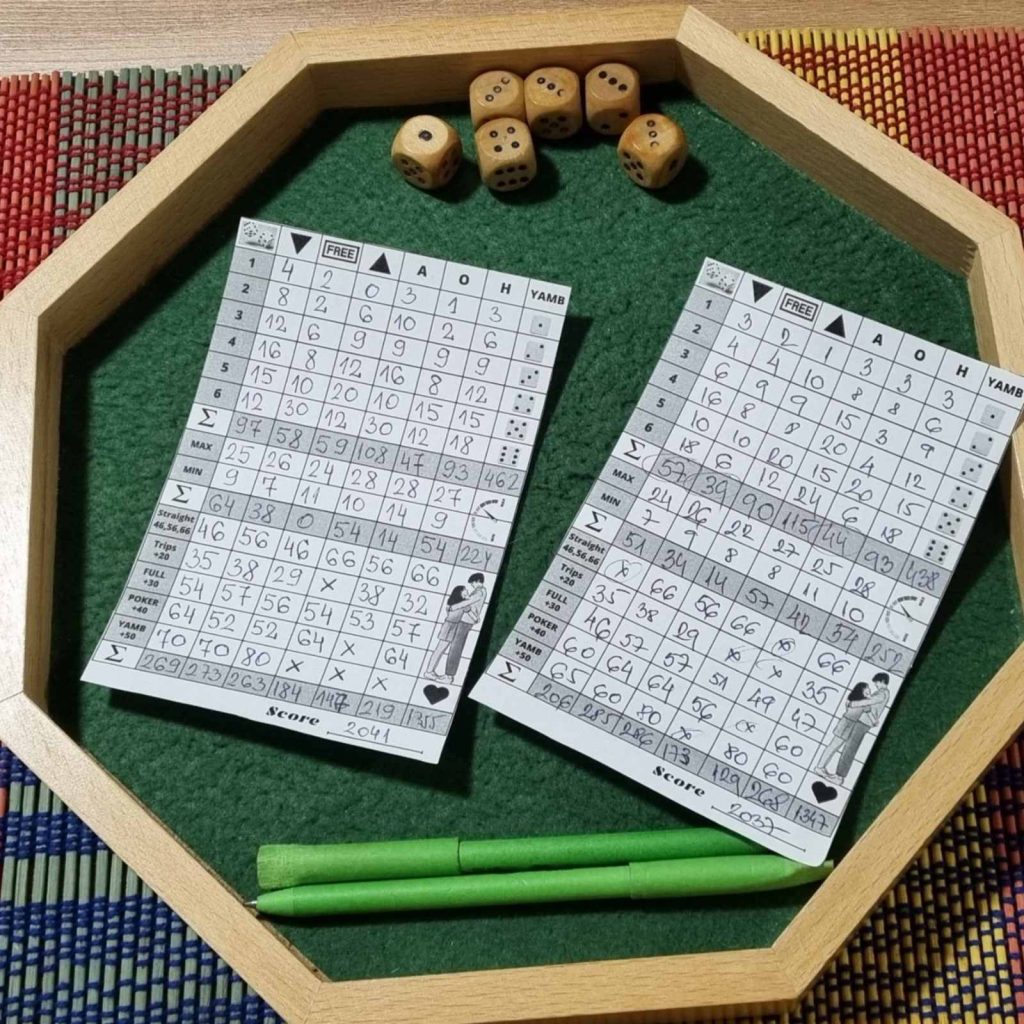
What is sustainable living? How Your Choices Shape a Sustainable Present and Future
By embracing sustainable living, we adopt practices that contribute to the well-being of the environment, society, and economy.

Have you heard of the "No Buy Year"? This concept is gaining popularity, especially among people looking to break free from consumerist habits and reduce their impact on the planet. The idea is simple—spend an entire year without buying anything unnecessary. But how practical and sustainable is this approach for everyday life?
In this blog, we’ll explore what the "No Buy Year" entails, its benefits and challenges, and why I believe intentional spending is a much better and more sustainable approach.

Photo by Andrea Piacquadio: https://www.pexels.com/photo/woman-wearing-black-blazer-holding-shopping-bags-974964/
A "No Buy Year" is a challenge to avoid all non-essential spending for an entire year completely. This means no new clothes, gadgets, decorations, or coffee takeaways. People who take on this challenge usually have varying motivations: saving money, decluttering their lives, or experimenting with a minimalist lifestyle.
While it sounds inspiring, this extreme approach can be challenging and impractical for most people. Is it truly realistic to avoid buying anything beyond basic necessities for 365 days?
First, going to extremes often leads to feelings of deprivation. Giving up small pleasures like a new piece of clothing or your favorite tea can cause frustration and a sense of failure if you break the rules. Moreover, the "No Buy Year" doesn’t account for unforeseen situations—what if you’re invited to a formal event requiring new attire?

Photo by Adrienn: https://www.pexels.com/photo/three-women-posing-for-photo-1524105/
Social pressure is another significant factor. In a society that constantly encourages consumerism, avoiding spending can feel isolating. Additionally, this challenge might be particularly tough for families with children or individuals already living on tight budgets.
Instead of completely ceasing all purchases, why not learn to shop smarter? Intentional spending involves making thoughtful decisions aligned with your needs and values.
One of the first steps is distinguishing between needs and wants. Do you need that new sweater, or are you simply following trends? By setting clear priorities, it becomes easier to avoid impulsive purchases.
Focusing on quality over quantity can also be key. Buying durable products is not only financially wise but also environmentally responsible. Consider supporting local and sustainable brands and embracing practices like swapping and borrowing items.
A rational approach to spending offers numerous benefits. First, financial savings are evident. When we stop spending on unnecessary items, we can redirect those savings toward what truly matters—travel, education, or building an emergency fund.
Additionally, reducing consumption helps decrease waste. Every purchase leaves an environmental footprint through packaging, transportation, or production. By cutting down on unnecessary spending, we contribute to protecting the planet.
Finally, intentional spending fosters a sense of fulfillment. When we free ourselves from consumerist pressures, we have more time and energy for activities that can enrich our lives.

Photo by energepic.com: https://www.pexels.com/photo/black-payment-terminal-2988232/
Careful self-observation can help identify common shopping triggers, such as:
Unsubscribing from retail emails is often a crucial step in reducing impulsive purchases. Studies show that exposure to marketing materials significantly increases the likelihood of unplanned spending.
One of the most surprising challenges in reducing shopping habits isn’t resisting purchases but finding alternative ways to spend time. Research indicates that shopping addicts may spend an average of 4.7 hours per day browsing or buying items.
However, unexpected victories can also arise. For instance, many people discover they already have ample resources, such as a well-stocked pantry, that often go unnoticed due to frequent shopping trips.
Journaling shopping urges can lead to significant breakthroughs. Studies reveal that tracking triggers help 73% of individuals develop better spending awareness. This practice often highlights that strong shopping urges are closely tied to factors like work stress or social comparison.
Another key realization is that shopping often becomes a primary way of celebrating, commiserating, or socializing. Research confirms that many people use shopping as a form of emotional regulation.
By replacing shopping with healthier habits, such as walking during lunch breaks or attending free community events instead of weekend shopping sprees, it’s possible to develop more effective ways of managing stress and emotions.
If you’re looking to cut back on spending but find the "No Buy Year" too extreme, here are some practical tips for achieving balance:

Photo by Andrea Piacquadio: https://www.pexels.com/photo/woman-in-purple-dress-raising-her-hands-3811716/
The "No Buy Year" can be an inspiring challenge, but it’s not for everyone. Instead of forcing yourself into extreme measures, focus on intentional and mindful spending. Sustainability isn’t about perfection; it’s about continuous progress.
At the end of the day, the goal isn’t just to spend less but to live better. Find your balance and inspire others along the way!

By embracing sustainable living, we adopt practices that contribute to the well-being of the environment, society, and economy.

Sustainability goes beyond admiration; it is a commitment to maintaining the delicate balance between our species and the planet.

Dive into the world of traditional board games and discover their diverse health benefits. Explore expert insights on how these games contribute to well-being and mental acuity.

Natural deodorant is an effective and environmentally friendly product. It is a healthy option since traditional antiperspirants often contain chemicals.

Let’s discover the environmental impact of household waste, and hopefully, this will inspire us to create a new mindset.
Welcome to Sustainable Living by Science. With our scientific mindset, we are exploring how to nurture our well-being while caring for the environment. We are sharing the meaning of sustainability through evidence-based practices. Join us on this journey towards a greener, healthier future where science guides us to make the best choices for ourselves, the planet, and others.
All content is © 2024 by Sustainable Living by Science. All rights reserved.